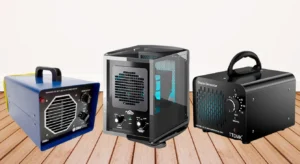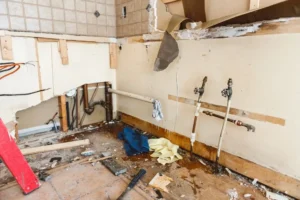From the 1990s to the early 2000s, Kitec piping was a popular plumbing system installed in homes and commercial properties due to its affordability and ease of installation. Marketed as a durable alternative to traditional materials like copper, Kitec piping seemed like an ideal solution at the time. However, over the years, it has become a significant concern for property owners due to its tendency to corrode and fail prematurely.
In this post, we’ll explore what Kitec piping is, why it poses serious risks to your property, and how RestoTek can help protect your investment through professional inspections and replacements.
What Is Kitec Piping?
Kitec piping was introduced as an innovative plumbing material composed of a multilayer design, featuring aluminum sandwiched between two layers of plastic. It was marketed as a cost-effective, corrosion-resistant alternative to copper piping, making it particularly popular for hot water systems, radiant floor heating, and residential plumbing.
Initially, Kitec gained widespread use in residential and commercial properties across the U.S. and Canada. Contractors and property owners were drawn to its easy installation and affordability. However, it became evident over time that the materials used in Kitec piping were prone to failure, leading to expensive repairs due to water damage.
Kitec piping is often found in hot water distribution systems, radiant floor heating, and potable water plumbing in homes and commercial properties built or renovated between 1995 and 2007. The piping is usually orange for hot water applications and blue for cold water. If your property falls into this time frame, there’s a good chance Kitec piping may have been installed, making an inspection critical to identifying and addressing potential risks.
The Biggest Issues with Kitec Piping
- Corrosion and Premature Failure
The main issue with Kitec piping lies in its tendency to corrode internally. Over time, the aluminum layer reacts with water, leading to the buildup of minerals and internal corrosion. This weakens the pipe walls, resulting in leaks or sudden bursts. Additionally, the plastic layers can degrade when exposed to high water temperatures, further reducing the lifespan of the system.
These failures often occur without warning, causing significant water damage to the property. For commercial buildings and multifamily residences, a single burst pipe can disrupt operations and lead to costly repairs.
- Safety and Property Risks
The risks associated with Kitec piping extend beyond leaks. A burst pipe can cause extensive water damage to floors, walls, and structural components, jeopardizing the safety and integrity of the property. This type of damage can also create conditions favorable for mold growth, leading to further health and safety concerns.
For businesses, the sudden failure of Kitec piping can result in operational downtime, loss of revenue, and expensive restoration projects. Addressing Kitec piping proactively is essential to avoid these risks and maintain a safe, functional property.
- Legal and Insurance Implications
Property owners with Kitec piping often face additional challenges when it comes to legal and insurance matters. Numerous class-action lawsuits have been filed against Kitec’s manufacturers due to its defects, resulting in limited financial relief for property owners. Many insurance companies now refuse to cover damages caused by Kitec piping failures, leaving owners responsible for repairs. Proactively replacing Kitec piping is the best way to avoid these legal and financial complications.
Protect Your Property by Addressing Kitec Piping with RestoTek
At RestoTek, we specialize in identifying and replacing problematic piping systems like Kitec. Our comprehensive pipe inspection services use advanced tools to locate Kitec piping and assess its condition. In addition to piping replacement, we provide full restoration services to address any damage caused by Kitec failures. Contact us now for expert solutions that ensure your property’s safety and long-term functionality.



